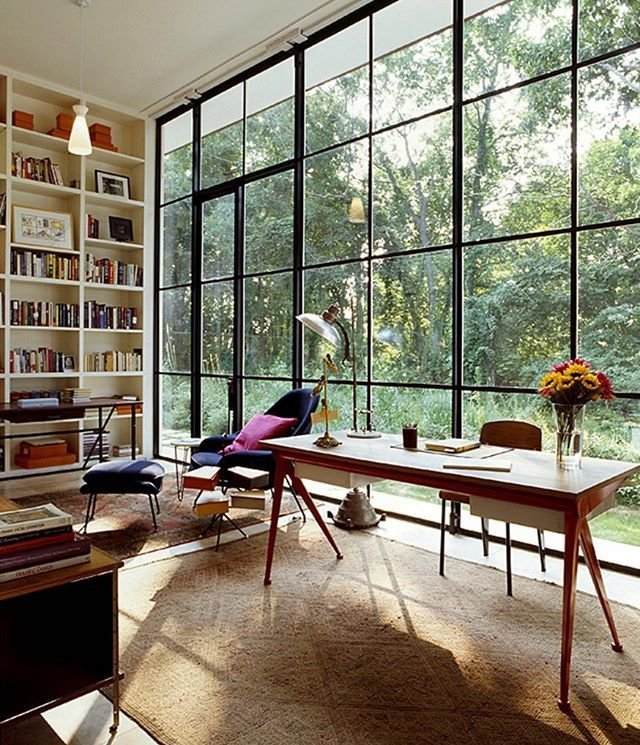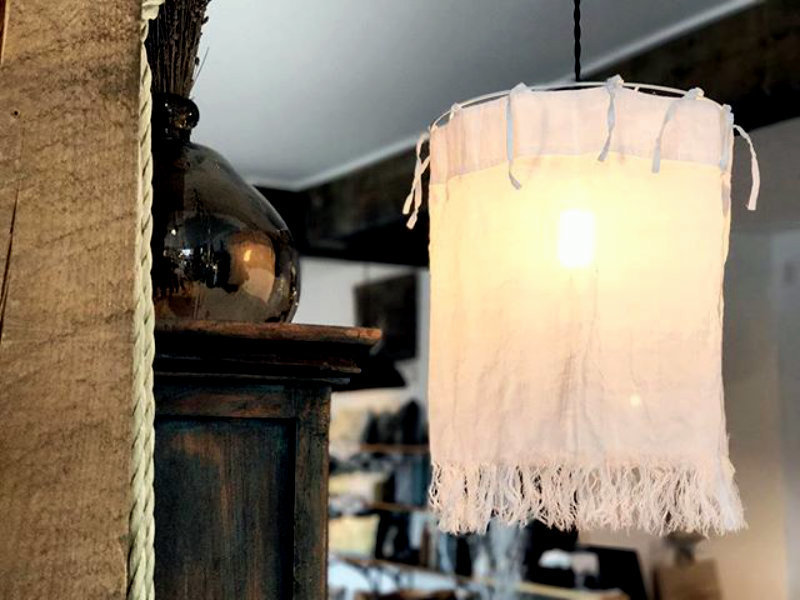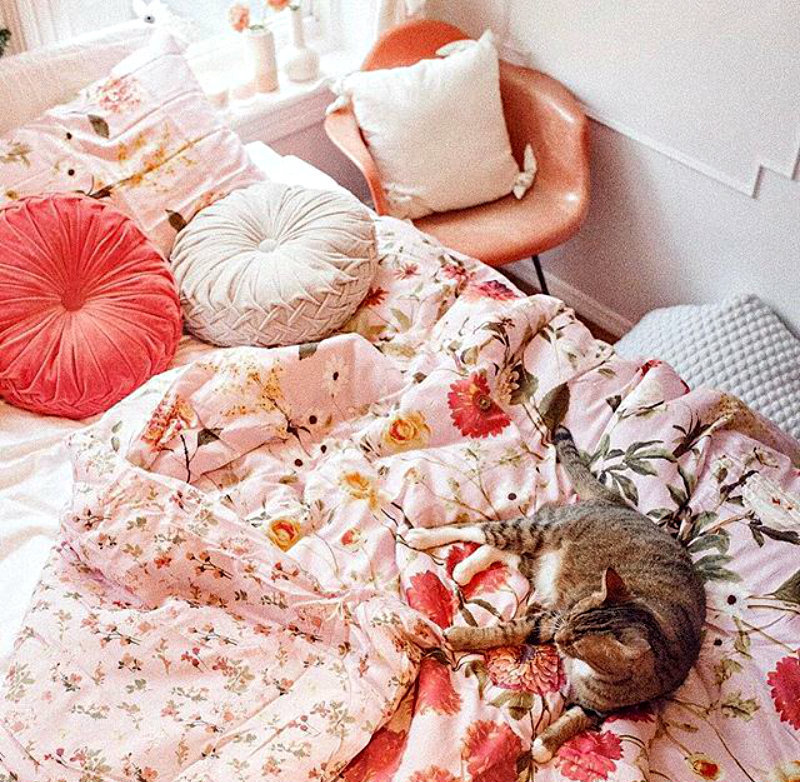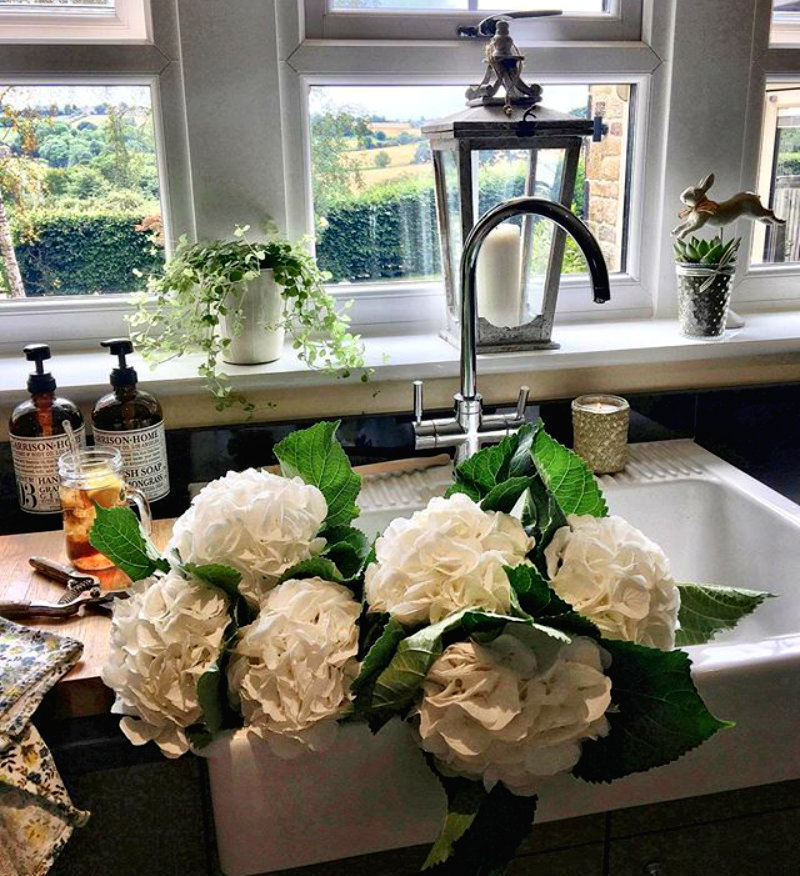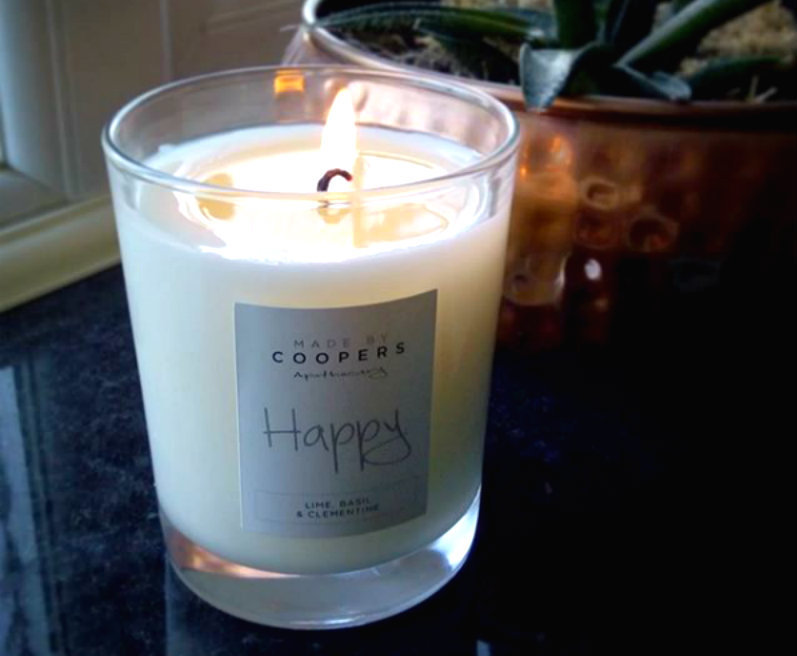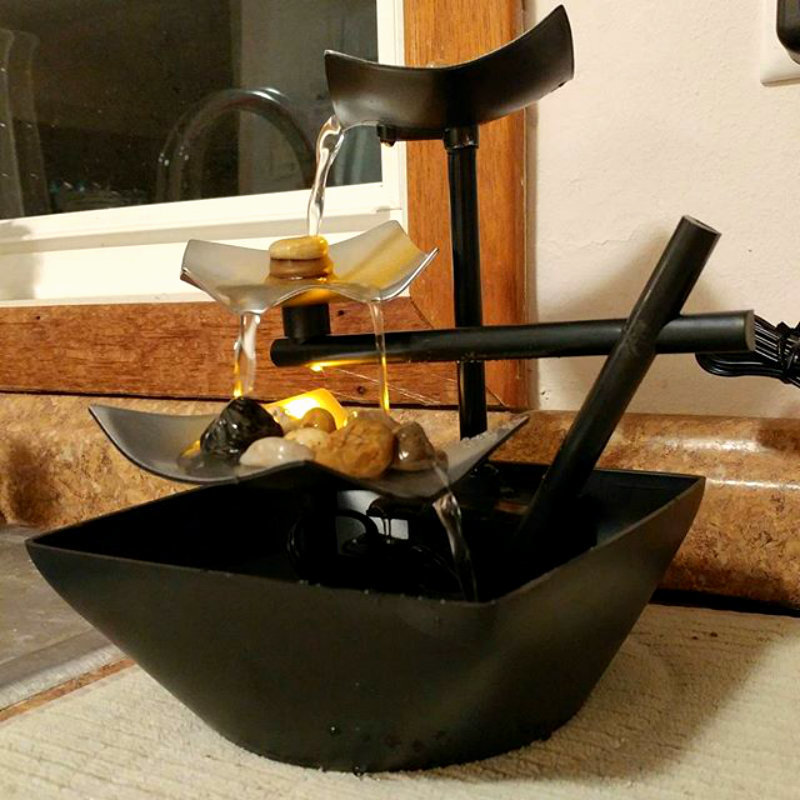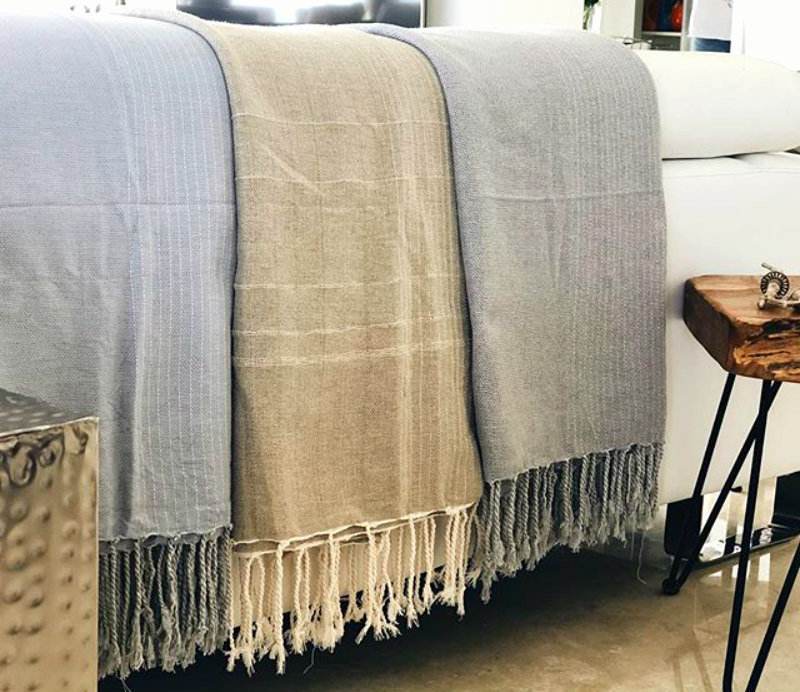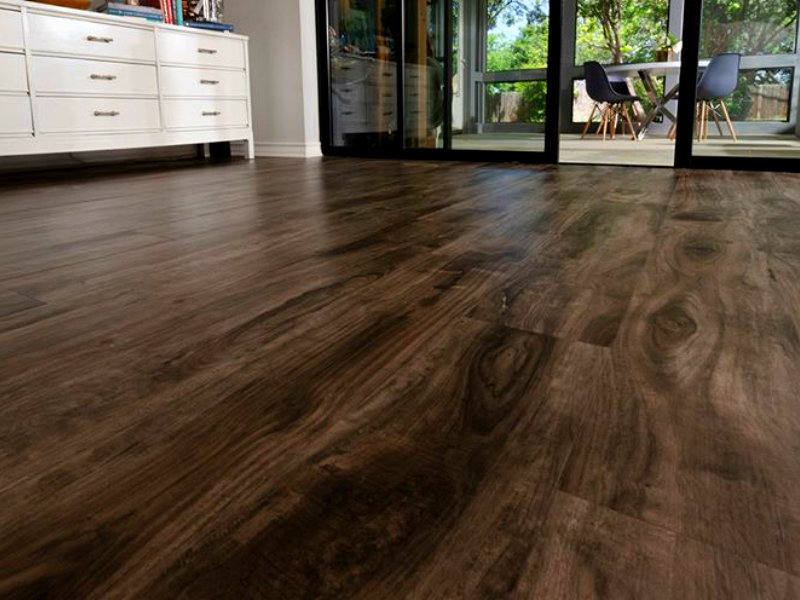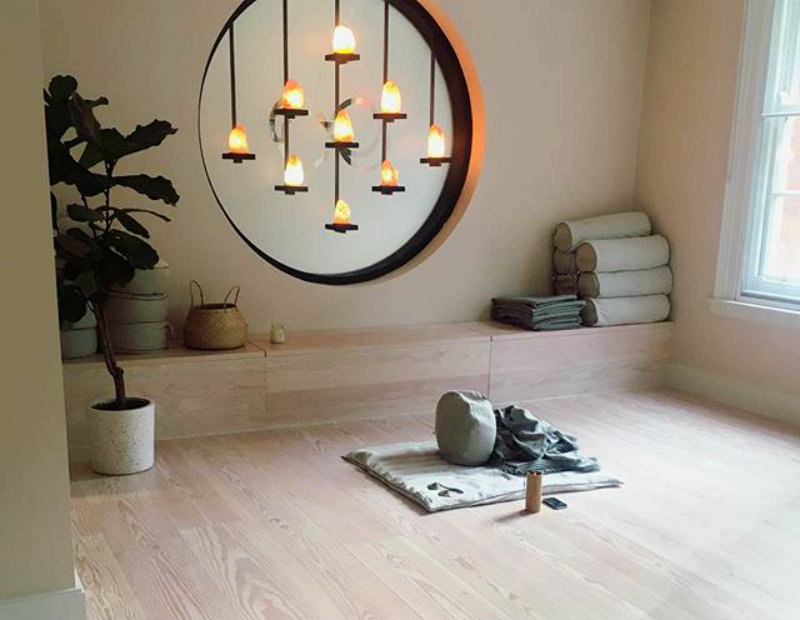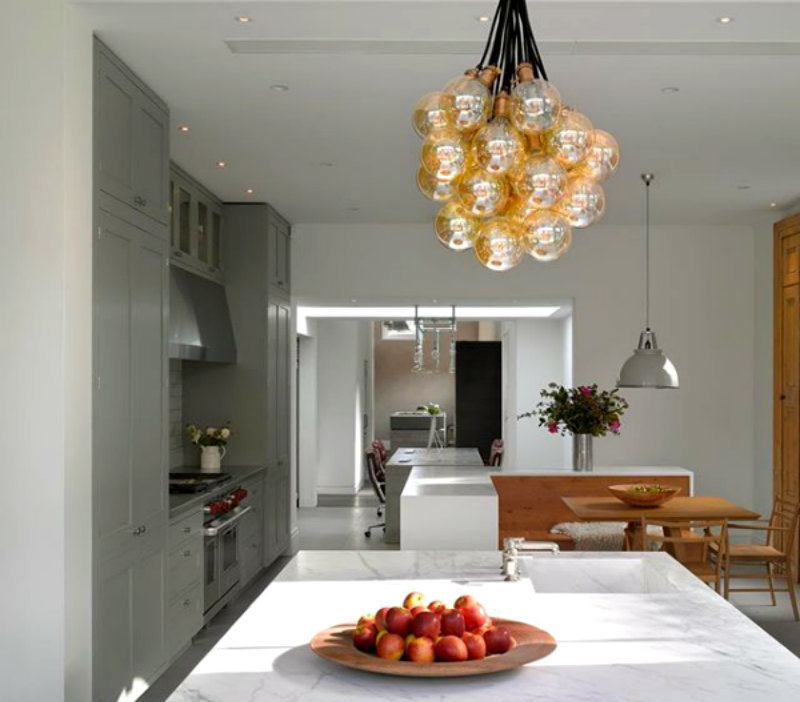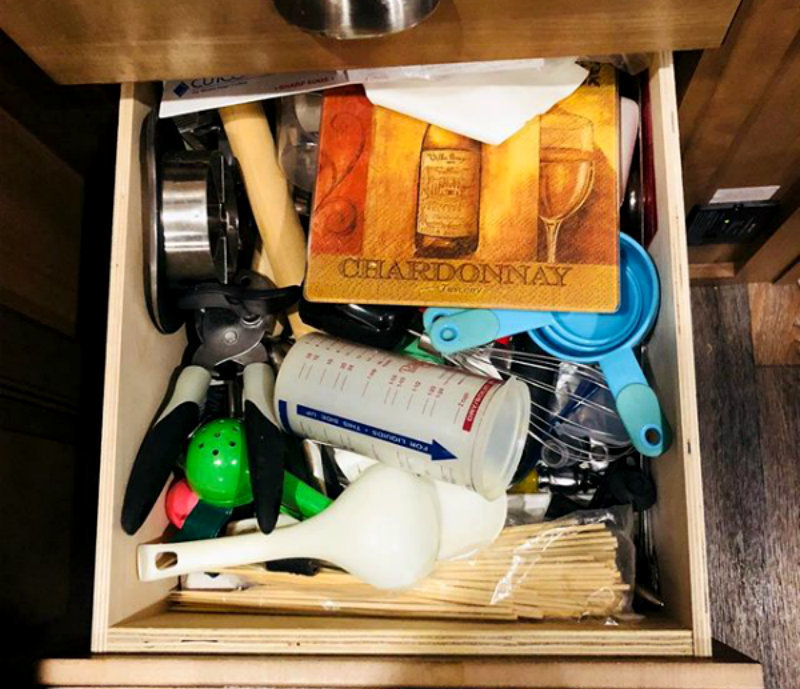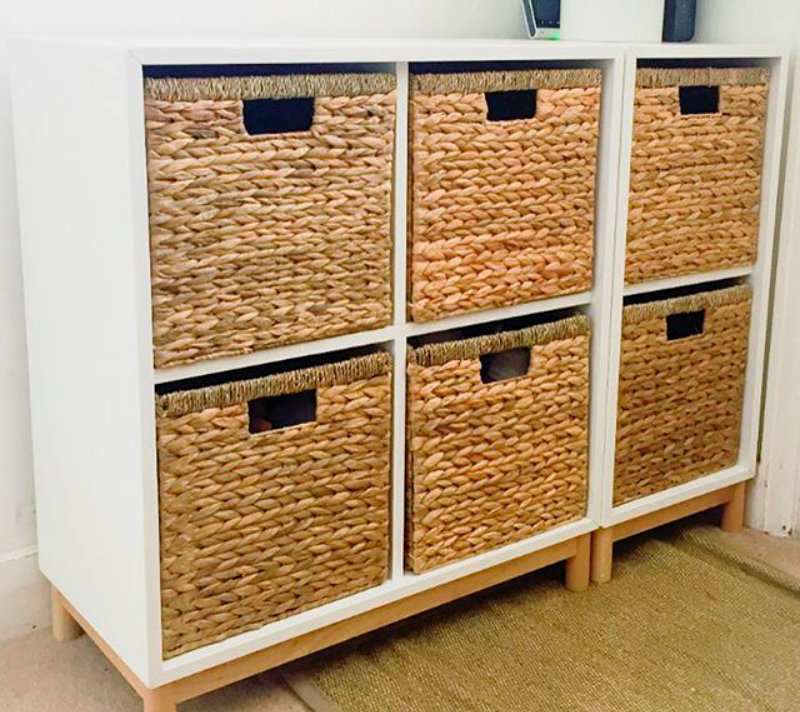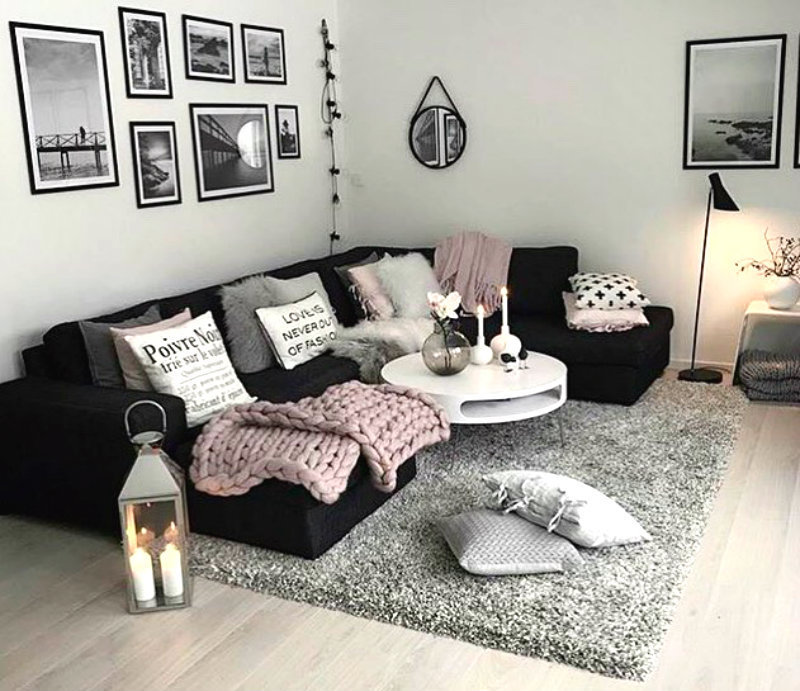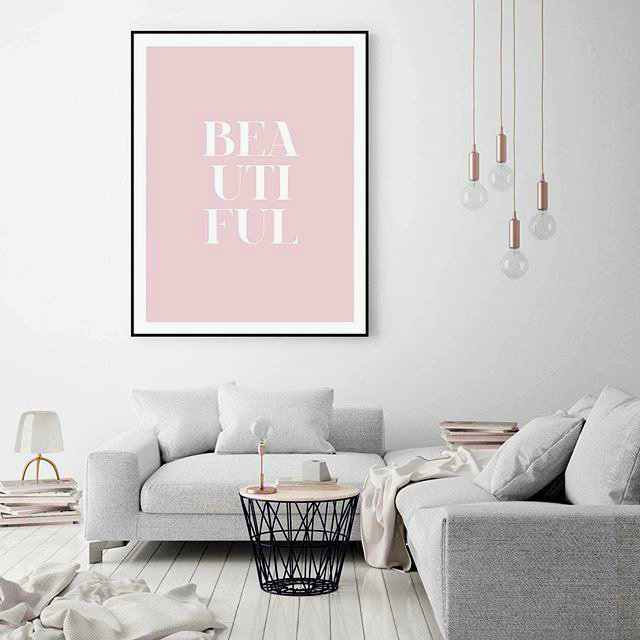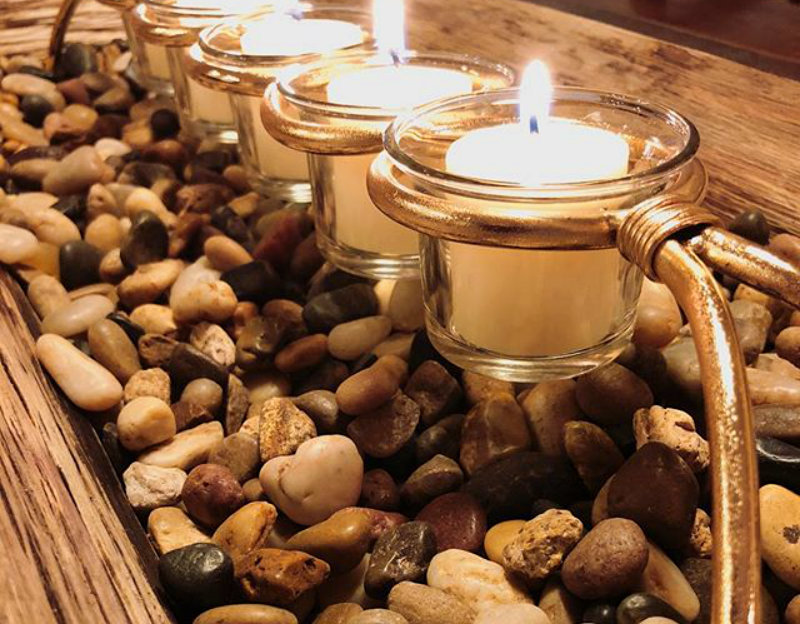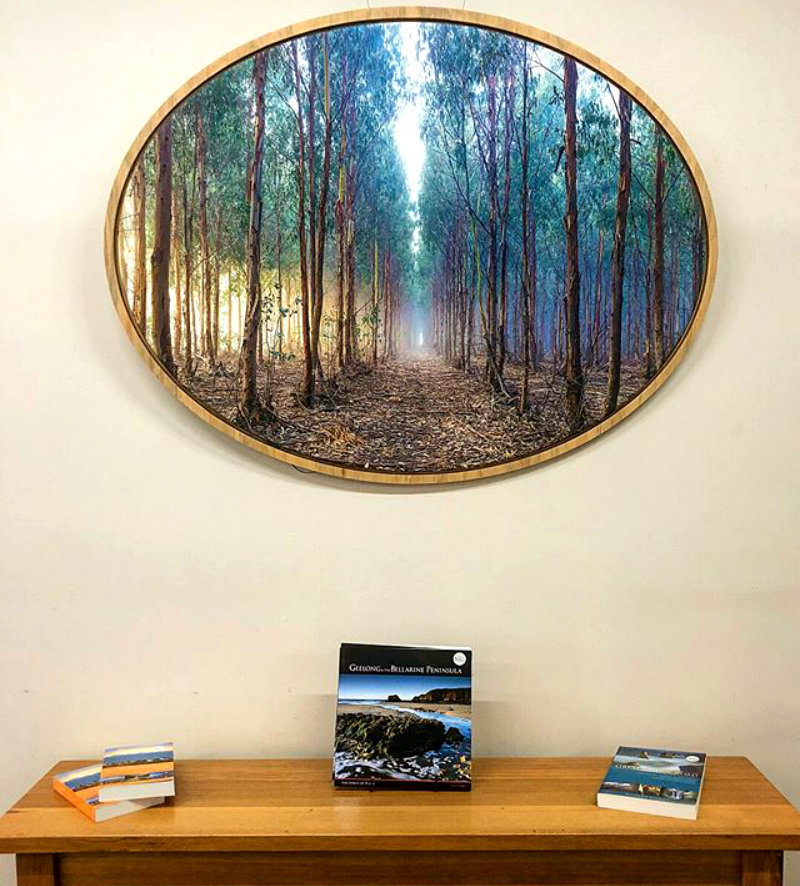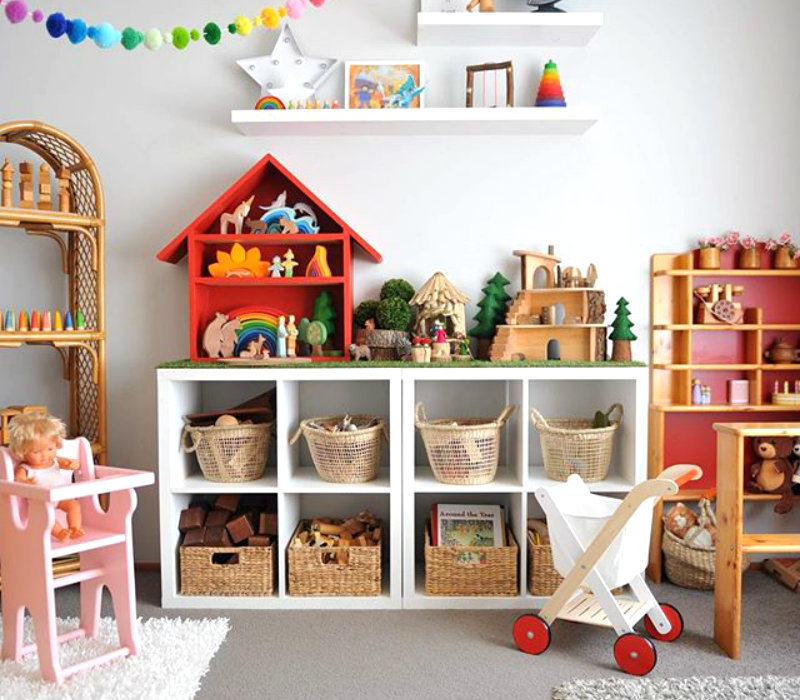Before one can get to relaxing, achieving zen requires a smidgen of work. Designing a home that doubles as a sanctuary means that everything — from paint color to furniture texture and even how our junk is stored — should be taken into consideration. “What we want to do in any room of the home is engage our senses in a way that will feel peaceful,” Lisa Melone Cloughen, an interior designer/yogi and owner of Melone Cloughen Interiors, Inc. told CafeMom. “Create peace on the outside so we can internalize that peace.” Keep scrolling to discover 20 design and decor tips for creating a sanctuary at home from Melone Cloughen; Joy Rains, author of “Meditation Illuminated: Simple Ways to Manage Your Busy Mind” and Mina Fies, CEO of Synergy Design & Construction. Remember, zen enthusiasts: our inner tranquility should match the curtains and knick knacks! “I like the idea of a sheer shade that can be pulled back all the way to bring in as much light as needed,” Cloughen suggested. “Lighting goes hand-in-hand with ambience,” she said. “Try to buy lightbulbs in warmer, rather than cooler tones.” “Consider a serene color palette for the [home] and of course, choose colors that are pleasing and relaxing,” Melone Cloughen said. “Overly vivid, bright or highly contrasting paint or wallpaper detracts from the vibe and over-stimulates the mind and body.” “Optical art patterns may be stressful, for instance, but maybe floral prints would inspire someone who finds gardening peaceful,” Joy Rains told CafeMom. “It’s super important to trust our gut.” “I love bringing in plants and flowers,” Cloughen said. “Flowers don’t need to b expensive! They change the temperature of the space and make us feel good when we look at them.” “I personally like hardwood floors with deep, rich colors,” she said. “I find wood very warm and inviting.” “Most of us naturally feel a sense of peace when we’re in nature,” Mina Fies told CafeMom. “Try bringing stone, natural wood and earth-toned colors in for a woods-inspired getaway or driftwood and seashells for a beach-inspired theme.” “Remember, no abode is too small for a meditation space!” Rains said. “Pick a favorite chair and set a few inspirational items like candles and a book on a table nearby to create a sanctuary in a small apartment.” “In a zen kitchen, I don’t want to see things like the toaster or coffeemaker out,” Melone Cloughenon said. “On my island, I keep things visually organized and almost always have a platter of fruits or vegetables out.” “Do not ignore the need for the junk drawer’s existence!” Fies said. “We all need to have easy access to tape, scissors and a pad of paper so make sure to plan for those when planning out cabinets.” “Much of the time, I use baskets,” Melone Cloughenon said. “They are not expensive and can hold lots of stuff. Plus, it easily keeps things tucked away and on a shelf.” “I’m a big fan of having lots of comfortable throws and pillows,” Melone Cloughenon said. “A living room should not feel like a still life painting.” “The bedroom should be a visual cue for rest and relaxation,“Fies said. “The more stimulus that’s in it, the harder it will be to fall and stay asleep.” “Most of us are collectors by nature and, as the years pass, we tend to accumulate more than we need,” she said. “I suggest changing out keepsakes seasonally.” “I keep smooth river stones to hold in my hand as an object of focus,” Rains said. “I keep a basket of them in my meditation space.” “When my kids were young, they knew that they needed to make their beds and tidy up their rooms by the end of the day,” Melone Cloughenon said. “Eventually its second-nature.”

